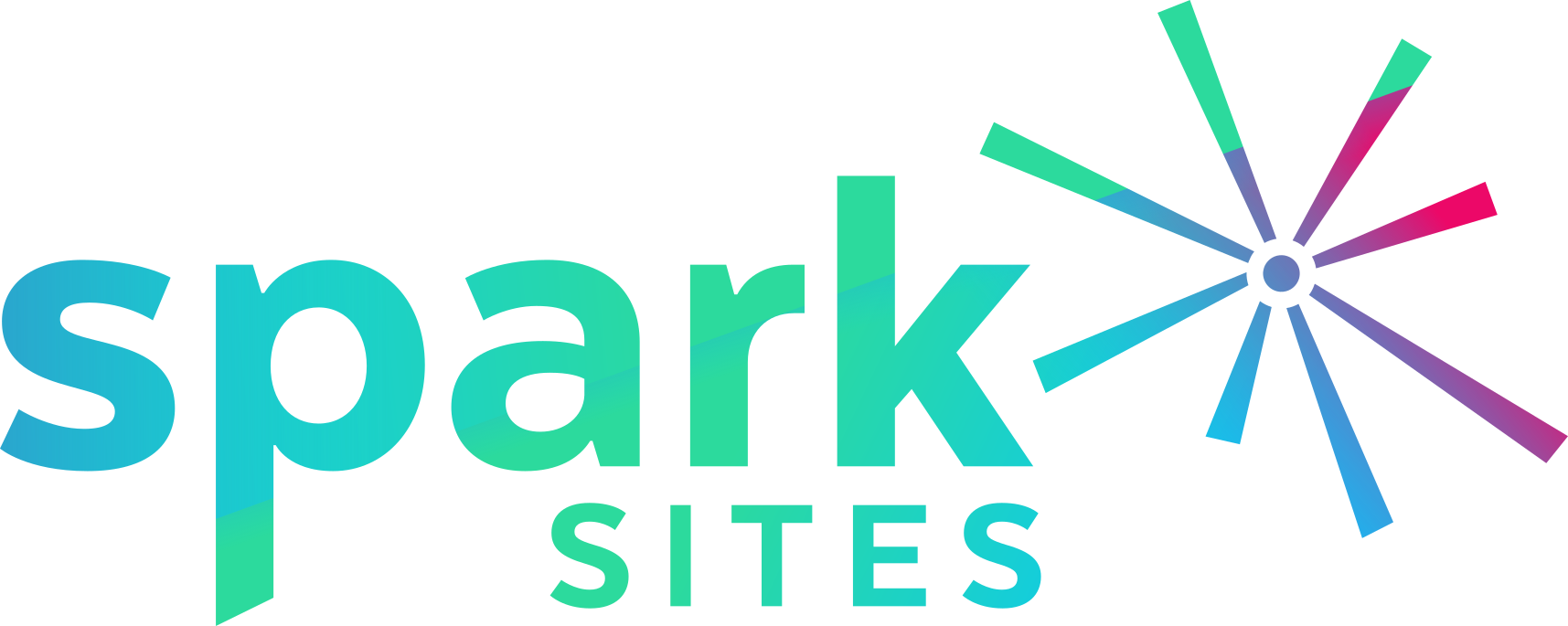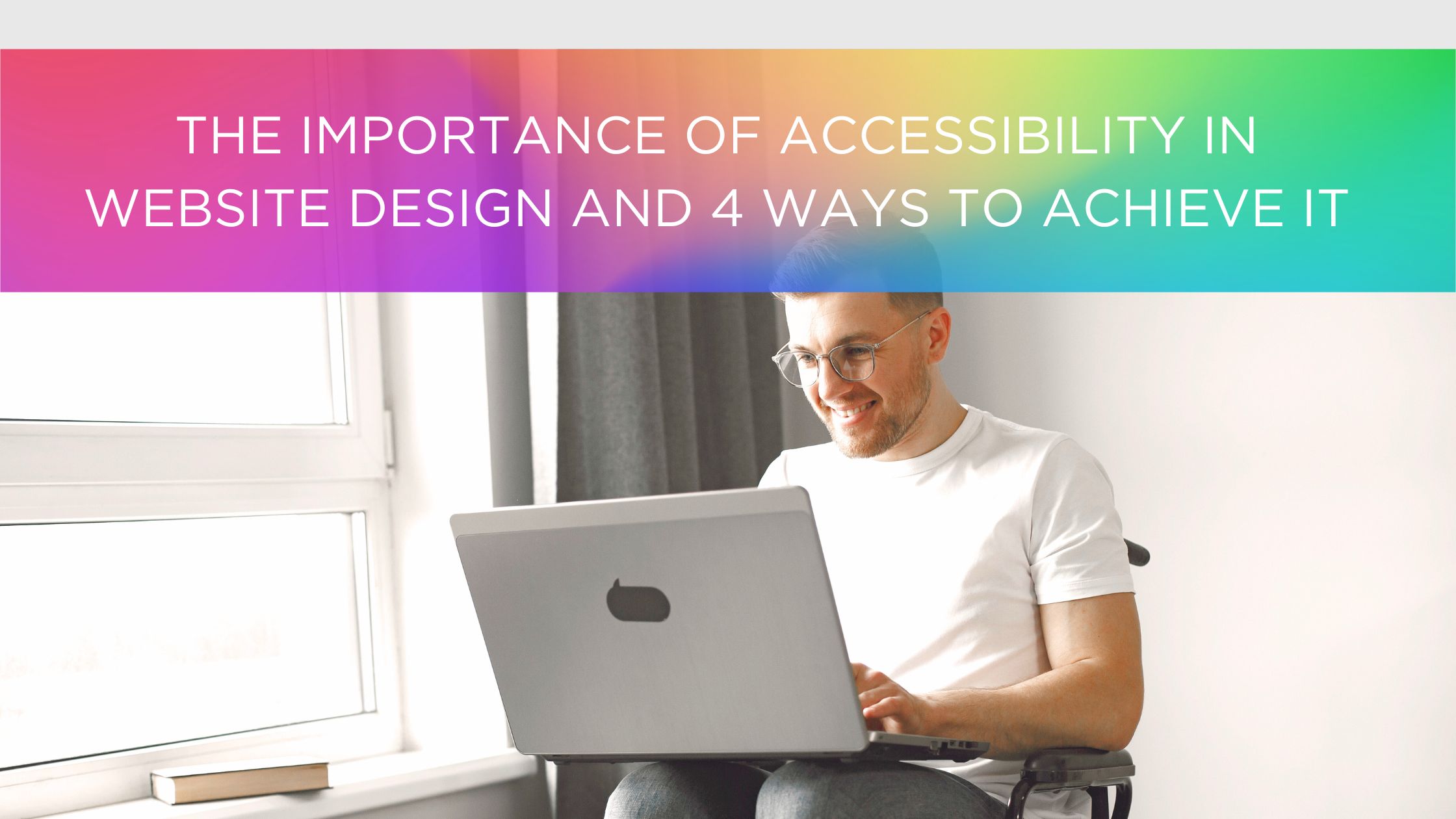Accessibility refers to the practice of designing websites that are easy to use and navigate for people with disabilities. In today’s digital age, websites have become an essential tool for businesses, organizations, and individuals. However, many websites fail to consider the needs of people with disabilities.
The benefits of designing accessible websites are numerous. For one, it increases the number of people who can access and use your website, including those with disabilities. This can lead to more traffic, better engagement, and increased revenue for your business. Moreover, designing accessible websites is the right thing to do. It ensures that everyone, regardless of their abilities, has equal access to information and services on the web. It also helps to promote diversity and inclusion in the online world.
Some essential aspects of accessible website design include:
Designing websites with clear, easy-to-read text and high contrast colors for people with visual impairments.
Providing alternative text descriptions for images, videos, and other visual content for people who use screen readers.
Using descriptive, meaningful headings and subheadings to organize content and make it easier to navigate for people with cognitive disabilities.
Ensuring that websites are keyboard accessible so that people with motor disabilities can use them without a mouse.
In conclusion, designing accessible websites is not only a legal requirement but also a moral obligation. It ensures that everyone has equal access to information and services online, which is essential for promoting diversity and inclusion in the digital age.





